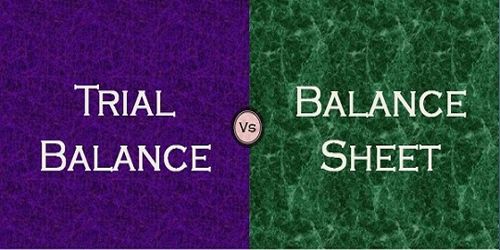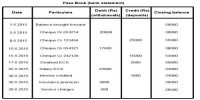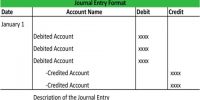Difference between Trial Balance and Balance Sheet
Trial balance is an account which shows debit balances and credit balances of all accounts in the ledger. It is a statement of all debits and credits in a double-entry account book, with any disagreement signifying a fault. Balance Sheet is a tabular report of balances carried further after closing the books of account reserved according to principles of accounting. It is a statement arranged with a view to determining the financial situation of a business on a definite fixed date.
Trial balance
- Objective: To know the arithmetical accuracy of the accounting work.
- Format: The columns are debit balances and credit balances.
- Content: It is a summary of all the ledger balances – personal, real and nominal accounts.
- Stage: It is the middle stage in the preparation of accounts.
- Period: It can be prepared periodically, say at the end of the month, quarterly or half yearly, etc.
- Preparation: It is prepared before the preparation of trading, profit and loss account.
- Stock: It shows opening stock only.
- Order: Balances shown in the trial balance are not in order.
- Evidence: It cannot be produced as documentary evidence in the court.
- Compulsion: Preparation of trial balance is not compulsory.
Balance Sheet
- Objective: To know the true and fair financial position of a business.
- Format: The two sides are assets and liabilities.
- Content: It is a statement showing closing balances of personal & real accounts.
- Stage: It is the last stage in the preparation of accounts.
- Period: It is generally prepared at the end of the accounting period.
- Preparation: It is prepared after the preparation of trading, profit and loss account.
- Stock: It shows closing stock only.
- Order: Balances shown in the balance sheet must be in order.
- Evidence: It can be produced as documentary evidence.
- Compulsion: Preparation of the balance sheet is a must.














